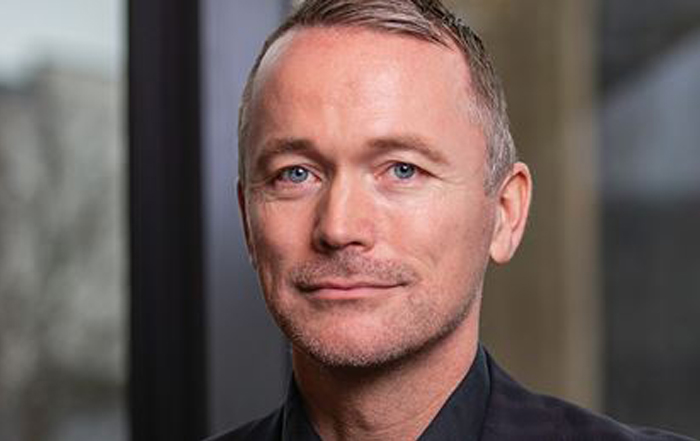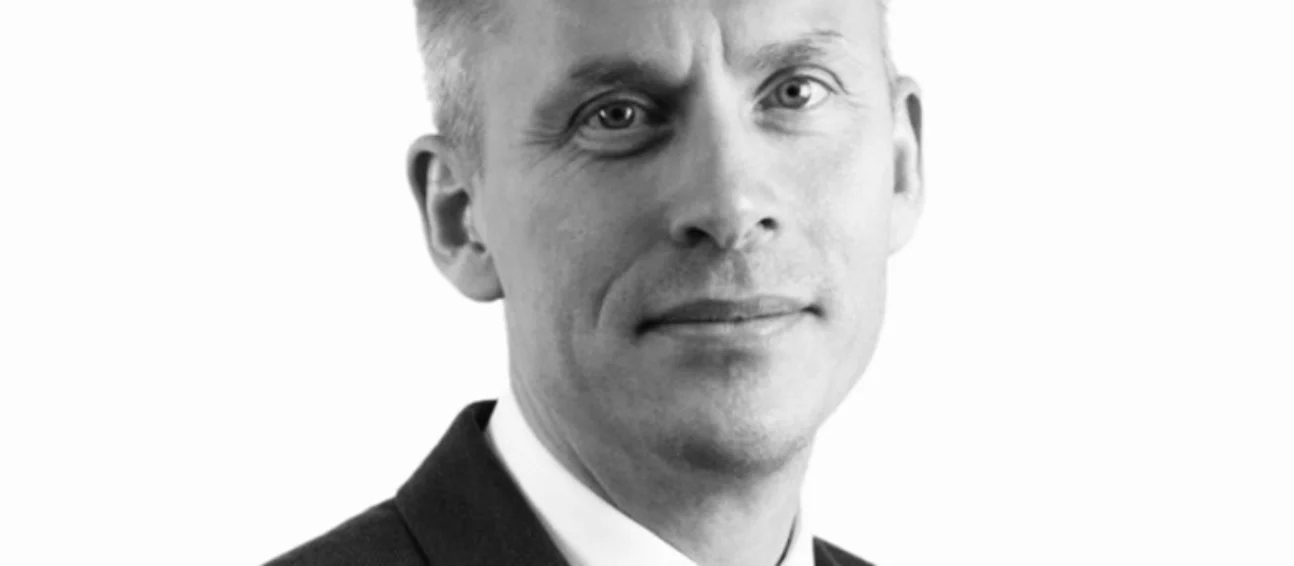By Hamlin Lovell, NordicInvestor
Nordea’s white label business lets clients access specialist expertise that may not be available internally. It also provides a distribution network for other asset managers, which can be particularly useful in markets such as Denmark where mutual fund assets are dominated by local brand names.
Head of External Products, Anders Bertramsen, runs a unit that offers wrappers for c EUR 25 billion of assets managed externally; does research on third party funds for EUR 2.5 billion of assets run by Nordea Wealth Management, and also does some outsourced research on a bespoke, consultancy basis for around EUR 2.5 billion for Nordea Life and Pension, basically plugging occasional gaps in their coverage.
In the white label roster, there are Danish and Swedish managers in the mix, as well as European and Asian managers, but the biggest geographic category is US-based. Nordea’s broad fund categories have rather generic names that do not actually identify whether the manager is a Nordea team, or an external manager. In all broad categories, Nordea offers products managed both by in house and external teams. For instance, homing in on the “in focus” funds on the website:
- In European equities, Nordea teams run the European Small and Mid-Cap; Nordic Ideas, Nordic Equity Small Cap, and European Stars equity funds, but Mensarius AG of Zurich, Switzerland manages the European value strategy.
- In global and US equities, Nordea teams manage the Global Stars and Global Climate and Environment funds, while River Road Asset Management of Louisville, Kentucky, runs the North American Value Fund and North American Small Cap fund.
- In emerging equities, Nordea teams manage the Emerging Stars; Emerging Markets Focus and Stable Emerging Markets equity funds, while four different external managers run other strategies: GW&K Investment Management runs the Emerging Wealth Equity Fund; and CopperRock Capital Partners LLC manages the Emerging Markets Small Cap Fund; both managers are based in Boston, US. The Latin American Equity fund is managed locally by Itau Asset Management of Sao Paolo, Brazil and the Indian Equity fund is also run by a local manager, ICICI Prudential Asset Management Company.
- In fixed income, Nordea teams manage the European, Danish, Swedish and Norwegian bond or covered bond strategies while two external managers handle US bonds (DoubleLine Capital LP of Los Angeles) and emerging market bonds (PGIM Limited of Newark) while unconstrained bonds are run by MacKay Shields of New Yorkin the US.
- In responsible investment solutions, Nordea teams run all of the “in focus” strategies: Global Climate and Environment Fund; Global Stars Equity Fund; European Stars Equity Fund; Nordic Stars Equity fund; Emerging Stars Equity Fund; and North American Stars Equity fund.
Process
Some 16 people, split between Copenhagen, Stockholm, Helsinki and Luxembourg, are involved in the manager searches, of which 10 carry out selection and monitoring, conducting at least 500 meetings per year. “Sourcing of managers is done via industry contacts, and databases – such as eVestment, Mercer and Morningstar Direct – are most often used for traditional, liquid managers. Capital introduction teams and brokers are more likely to be used for less liquid products. The due diligence timeframe might be one month for a strategy category or could be three months for a white label product”, says Bertramsen.
Most of the managers do have multi-billion assets and multi-year track records, but there is no hard minimum for either, and some of them are new launches. For instance, Nordea took a stake in European long/short equity manager boutique, Madrague Capital Partners, which manages around EUR 150 to 200 million. “They are a senior investment team with a solid track record but just did not have distribution capabilities”, says Bertramsen.
Illiquids
Nordea’s fund range has historically accessed alternatives such as real estate and infrastructure through funds investing in listed companies (though the group has experience of doing direct lending strategies on behalf of the life and pensions company). “We have a non-UCITS product invested in European leveraged loans, but nothing really illiquid. The plan is now to increase the offering of illiquids by rolling out a private credit platform. This is taking some time partly because new types of vehicles, such as RAIFs or SICAVS, need to be researched”, says Bertramsen.
And in what is a very diverse asset class, it is also vital to pick the right segment: “private lending is definitely late in the cycle, but it will be a strategic and huge asset allocation for institutional investors for many years to come. There are many different sub-segments: senior, upper mid, smaller, lower mid, sponsor, non-sponsor, and no two of them are similar. At this stage of the cycle, mezzanine or subordinated debt could be very risky. We have realistic return targets of perhaps 200 basis points above leveraged loans”, he says.
Distressed debt is another less liquid credit strategy being researched. “We could be close to the next distressed cycle, especially if the US economy slows down. Though US high yield is up around 10% this year, CCC rated companies have done really badly and some weaker firms may struggle to refinance debt”, he adds.
ESG and Active Management
For several years, Nordea has been assessing managers’ ESG capabilities across all strategies. “For a traditional product, we like to know ESG capabilities, even if they are not a hard requirement. For an ESG product, ESG takes on profound importance”, he says.
“We genuinely believe ESG is the biggest benefit of active management. Of course, if you just do negative screening or exclusions, or use third party ESG ratings such as MSCI or Sustainalytics, you could create a passive ESG strategy. Some passive managers are developing their own quantitative approaches. But you cannot build a perfect model and you need to be correct on ESG ratings more than 50% of the time”. There are big differences of opinion between the ratings agencies and a one size fits all, systematic approach does not work. Inconsistent levels of disclosure between companies also make comparisons more difficult, as some companies may be penalized just for non-disclosure.
ESG is also qualitative and subjective. While Nordea’s exclusion lists are non-negotiable, Bertramsen keeps an open mind about there being some differences of opinion between managers – both within Nordea’s multi-boutique model, and between the various Nordea boutiques and external managers, in relation to certain companies.
Engagement is also important and this cannot be automated by machines. Engagement creates potential for some companies on exclusion lists to become investible, though, on average, exclusion lists are getting longer over time. Engagement takes much more time and effort than exclusion.
Bertramsen views ESG in fixed income as being different, but not for the often suggested reason that bond investors do not have voting rights. “Bond investors can achieve a lot through active ownership and engagement because companies will take notice if their cost of capital rises”, he has seen.
“The problem is that upside on credit is typically limited to the yield while downside could be 100%. Sometimes ESG can imply a severe reduction of the investment universe, cutting it by 50-60%. This can lead to a big tracking error”, he points out
ESG differences within the Nordics
Though it is probably fair to make some generalisations about Scandinavian investors and ESG – such as pointing out that they were some of the earliest adopters – there are also important differences between the different countries.
“Some Swedish investors seem to follow Söderberg and Partners to get a good rating based on the red, yellow and green categories. This is certainly better than ignoring ESG altogether, but there is too much emphasis on optimizing based solely on copying the Söderberg ratings, rather than doing in house research. Swedes should do more engagement and impact investing”, says Bertramsen.
“Norwegian investors also exhibit their own form of herd behaviour, in copying the Norges Bank exclusion list, when they should do more of their own research”.
“Finns are the most pragmatic, in wanting to do ESG without overly restricting managers, or sacrificing returns”.
But one thing is clear: “there is a race to be the greenest everywhere”.



